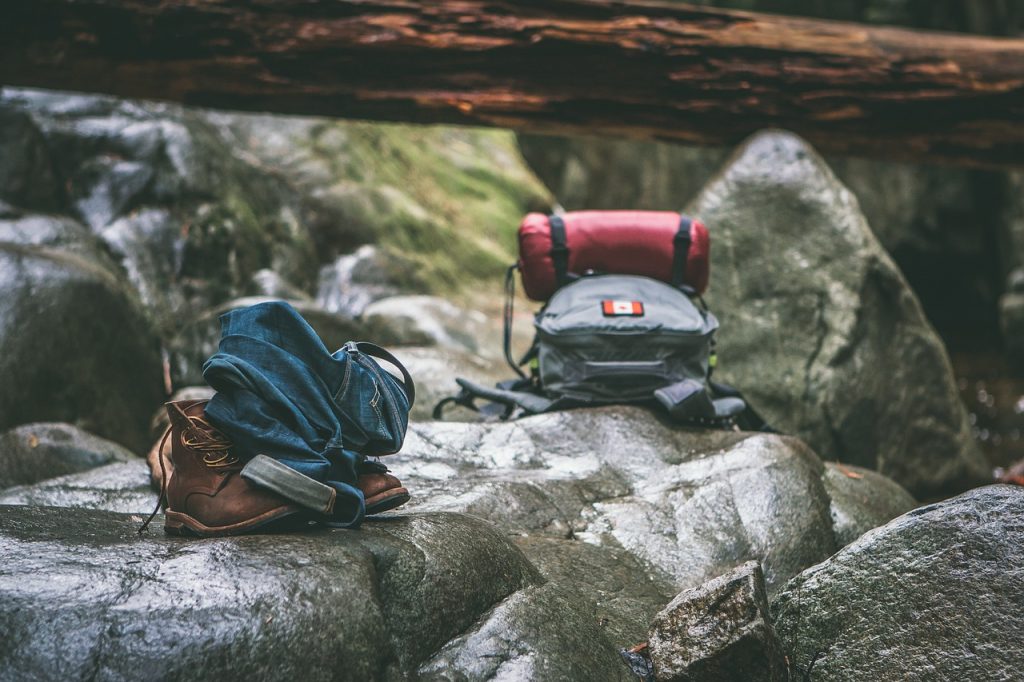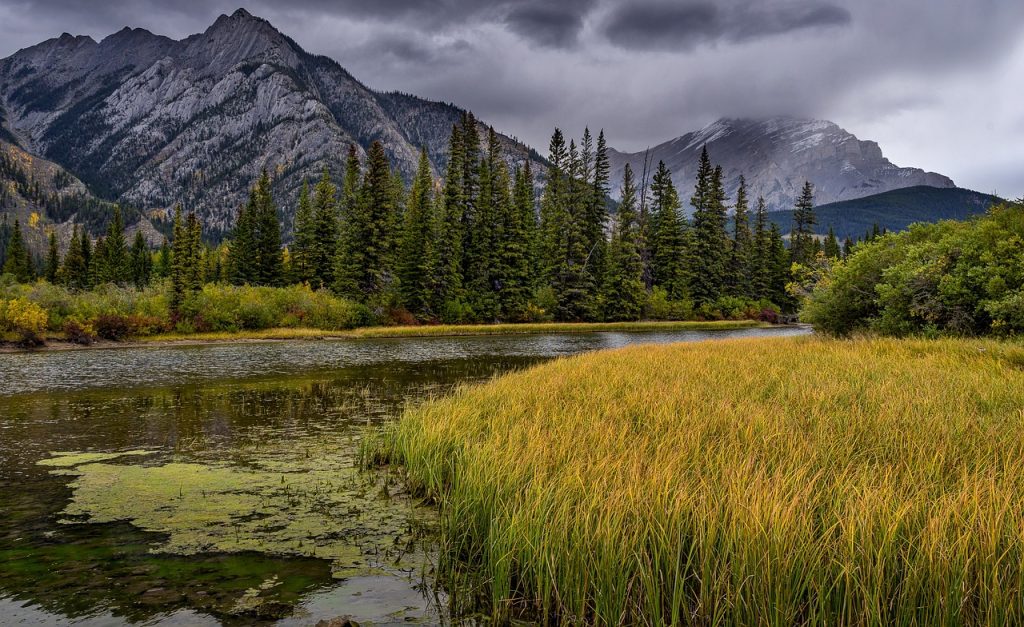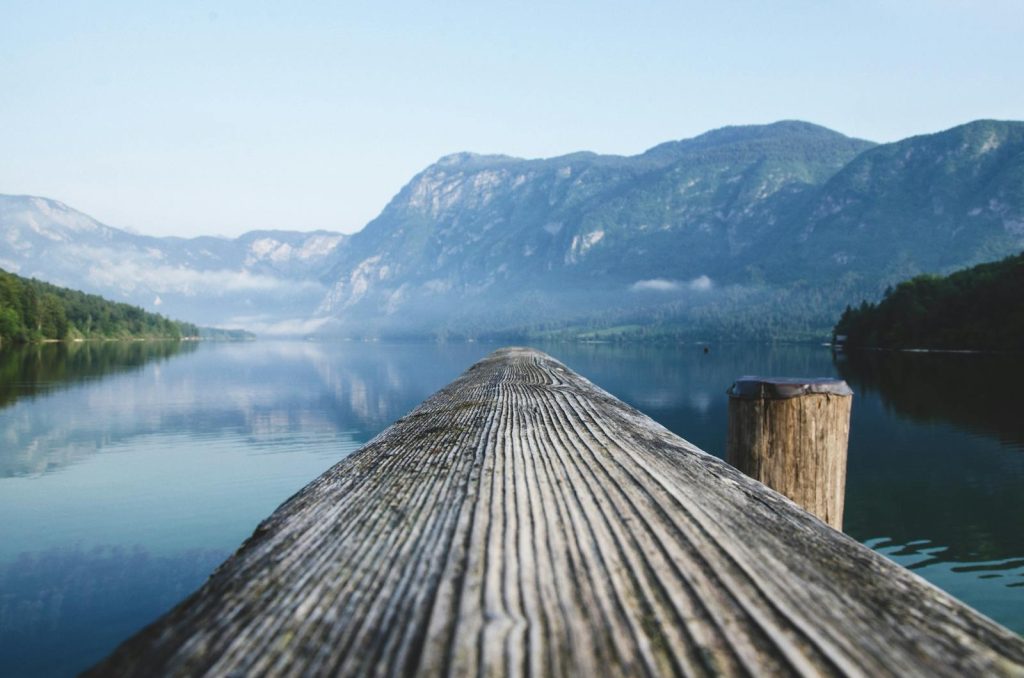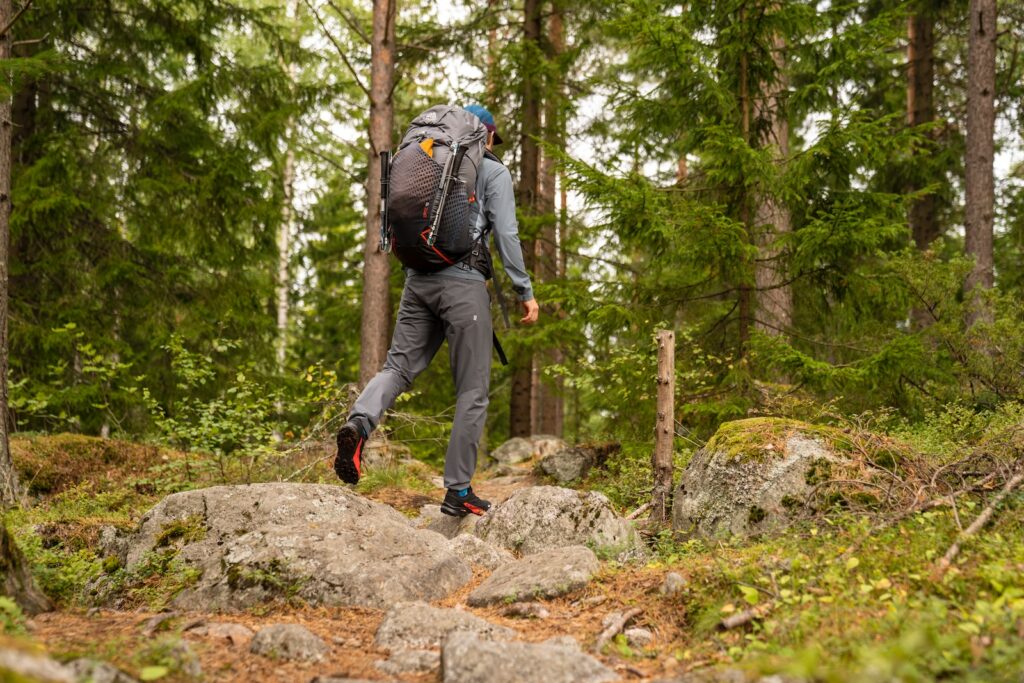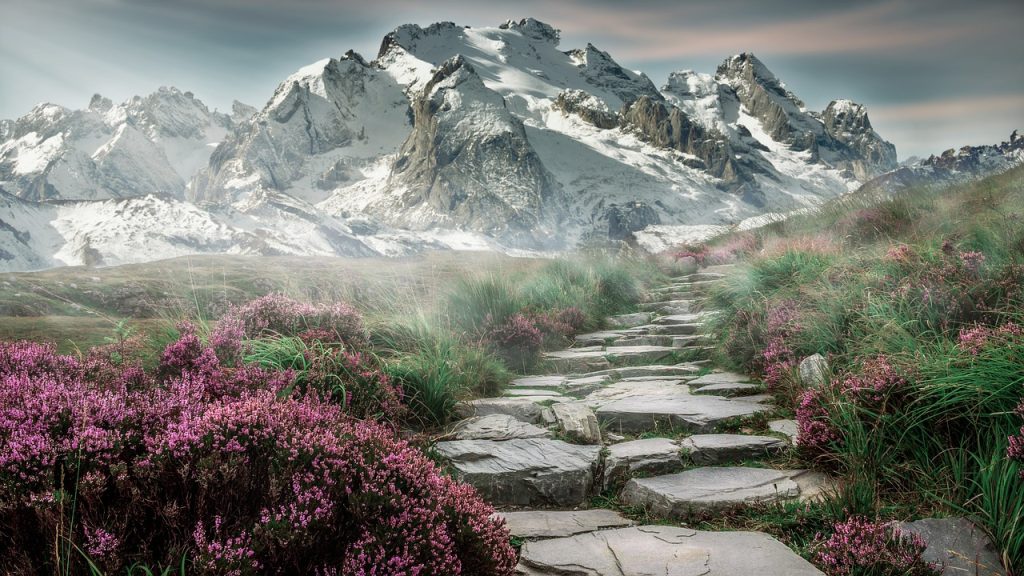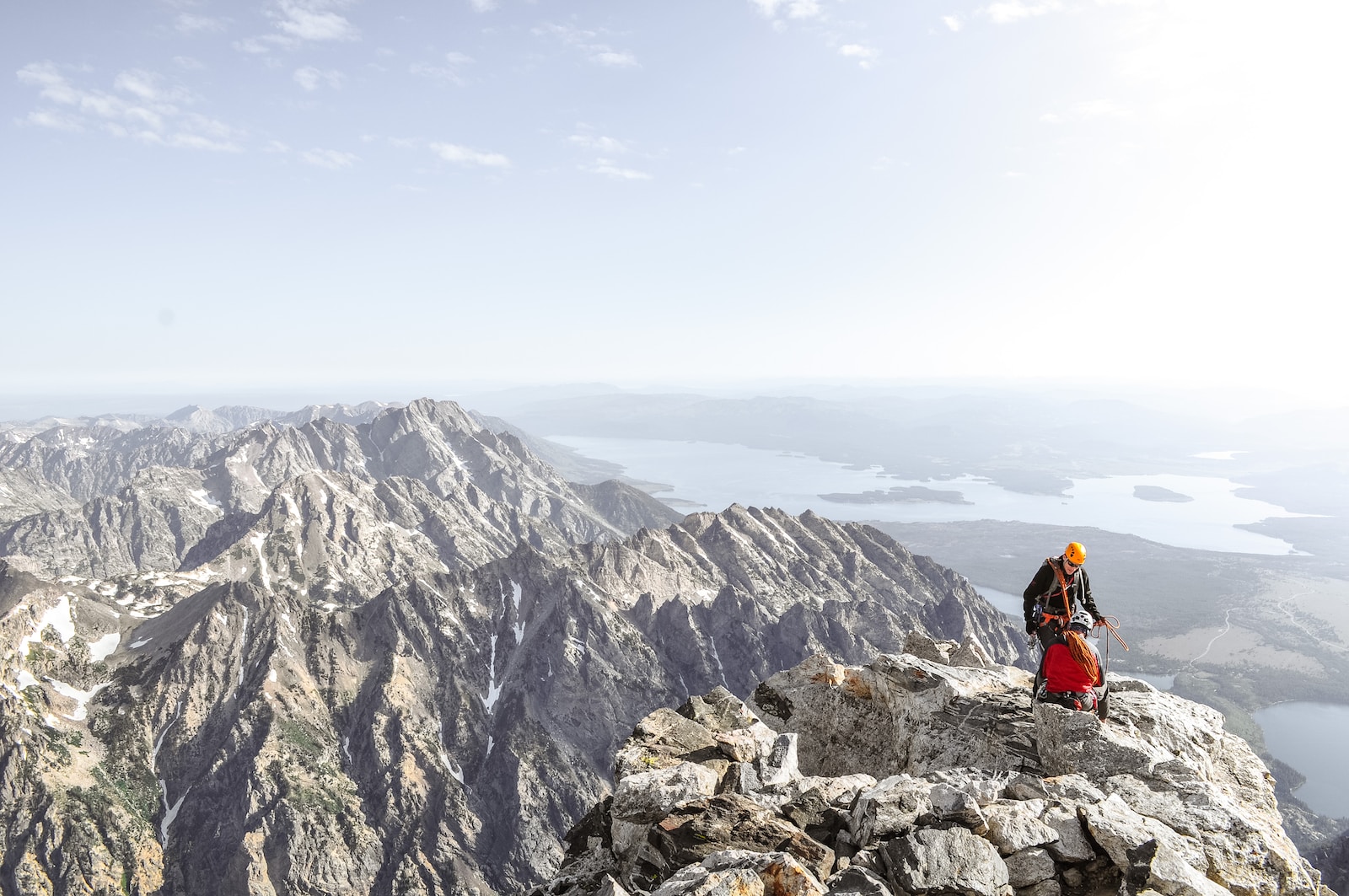

Hiking vs. Trekking: Understanding the Difference
Are you ready to step off the beaten path and immerse yourself in nature’s breathtaking wonders? Whether you’re a fearless explorer or an outdoor enthusiast yearning for an adrenaline rush, there’s no doubt that hiking and trekking are two quintessential activities that will fuel your adventurous soul. But wait, aren’t these terms interchangeable? Well, not quite!
In this blog post, we’re unraveling the captivating world of hiking versus trekking – breaking down their nuances and helping you choose which awe-inspiring journey suits your wanderlust cravings best. So lace up your boots and get ready because it’s time to embark on an exhilarating exploration of what sets these captivating pursuits apart!
Introduction to Hiking and Trekking
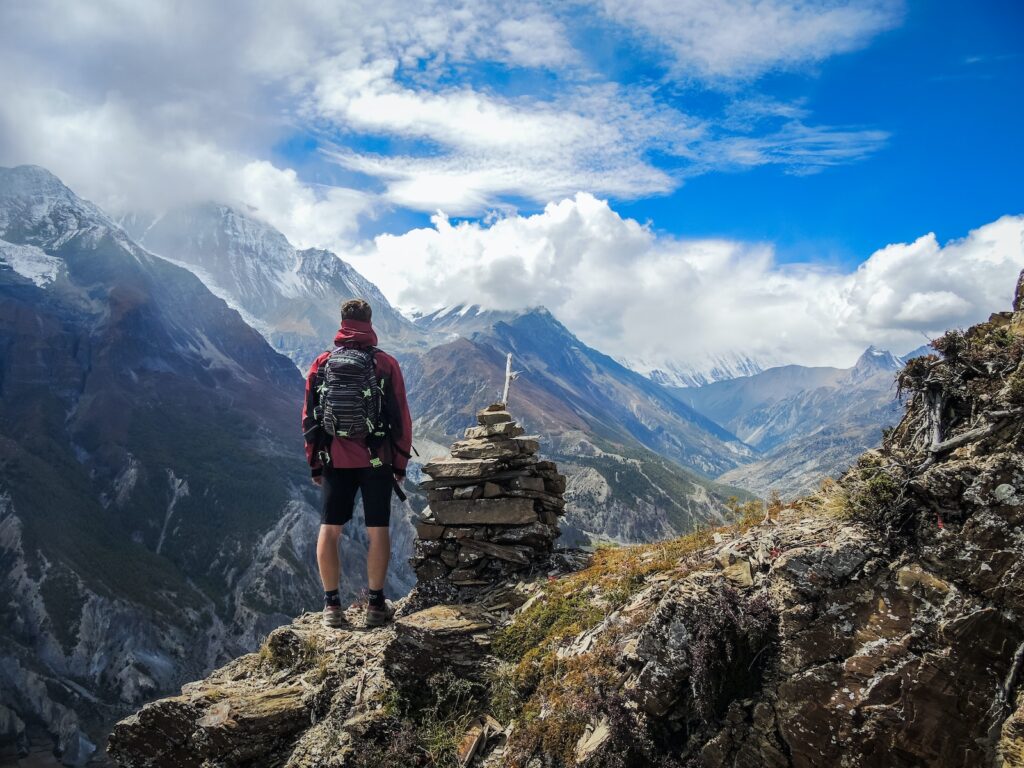
Hiking and trekking are two great ways to enjoy the outdoors, but they are quite different activities. Hiking is typically a shorter, less strenuous activity that can be done without much planning or equipment. Trekking, on the other hand, is a more strenuous journey that often requires more planning and better equipment.
Here are some key differences between hiking and trekking:
-Hiking is usually shorter and less strenuous than trekking.
-Trekking often requires more planning than hiking.
-Hiking can be done with little equipment, while trekking usually requires more substantial gear.
-Trekking is often more challenging than hiking, both physically and mentally.
So, which one is right for you? If you’re looking for a short, easy walk in the park, then hiking is probably your best bet. But if you’re up for a longer, tougher adventure, then trekking is the way to go.
Pros and Cons of Each Activity
There are many different types of outdoor activities to enjoy, each with its own unique set of pros and cons. Here, we’ll take a look at the key differences between hiking and trekking, and the pros and cons of each activity.
Hiking is a relatively gentle activity that can be enjoyed by people of all ages and fitness levels. It’s a great way to get some fresh air and exercise, and can be done in any type of weather. The main downside of hiking is that it doesn’t really offer much in terms of adventure or excitement – if you’re looking for an adrenaline rush, hiking is probably not the activity for you.
Trekking, on the other hand, is a more strenuous activity that often involves long distances and challenging terrain. It’s most commonly associated with mountainous regions, but can also be done in other types of ecosystems (such as deserts or forests). Trekking is an excellent way to get away from it all and explore new places, but it’s important to be prepared for the challenges involved.
What is the Difference between Trekking and Hiking?
There is a lot of confusion when it comes to the difference between trekking and hiking. Simply put, trekking is a long-distance journey, typically on foot, while hiking is a walk or hike undertaken for pleasure or exercise.
Trekking generally refers to multi-day journeys, and can be done in remote areas or developed countries. Hiking, on the other hand, is usually a day trip or short overnight trip. While you can certainly hike in remote areas, most hikes take place in parks or other developed recreation areas.
Trekking often requires more planning than hiking. You need to be aware of your surroundings and have the proper gear for the conditions you’ll encounter. Hiking is generally less strenuous than trekking, although there are exceptions depending on the terrain and distance involved.
So, when deciding whether to go for a hike or a trek, think about how much time you have and what kind of experience you’re looking for. If you just want a short walk to enjoy the outdoors, go for a hike. If you’re looking for an adventure that will take several days, consider trekking.
Equipment Needed for Each Activity
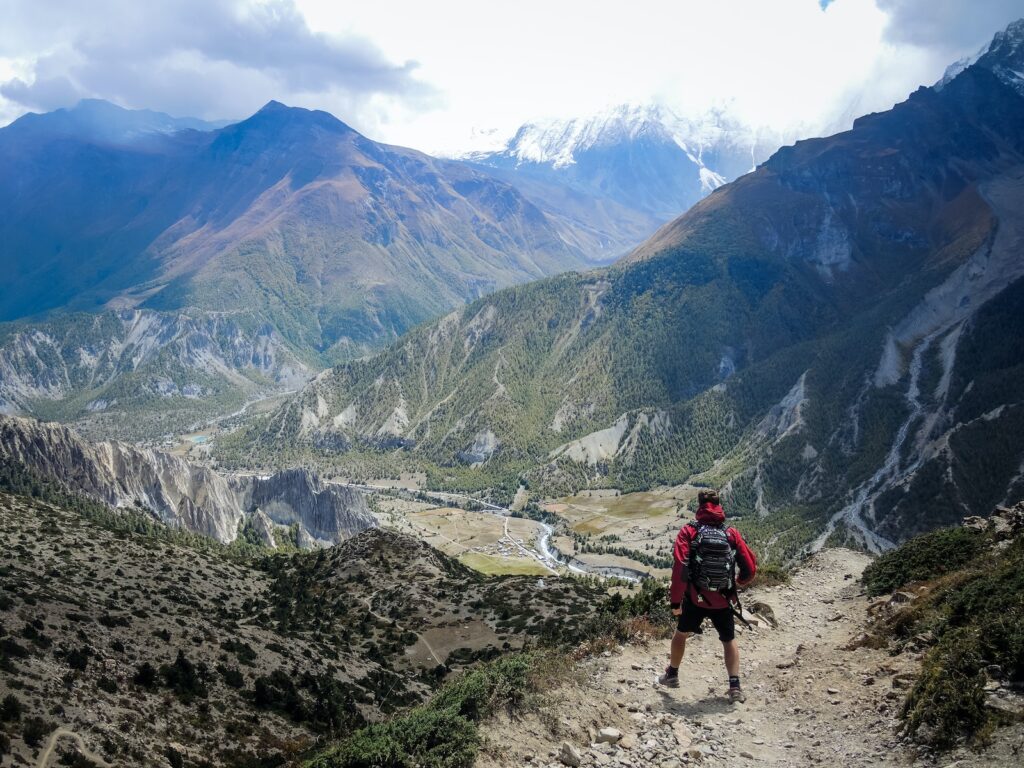
If you’re planning on going for a hike, all you really need is a good pair of hiking boots and some comfortable clothes. However, if you’re planning on going trekking, you’ll need to bring along a lot more gear. Here’s a list of what you’ll need for each activity:
Hiking:
-Hiking boots
-Comfortable clothes
-A backpack to carry snacks and water
-Sunscreen and insect repellent
-A map of the area (if you’re hiking in unfamiliar territory)
Trekking:
-Hiking boots
-Comfortable clothes
-A backpack to carry snacks and water, plus extra food and water for extended treks
-Sunscreen and insect repellent
-A map of the area
-First aid kit
-Multi-purpose tool
-Headlamp or flashlight
-Extra batteries
-Fire starter
Health Benefits of both Hiking and Trekking
Hiking and trekking are both great ways to get some exercise and fresh air, but did you know that they offer some distinct health benefits?
Here’s a look at what you can expect from each activity:
Hiking:
1] Boosts your cardiovascular health – Hiking is a great way to get your heart pumping and blood flowing. Regular hiking can help reduce your risk of heart disease, stroke, and high blood pressure.
2] Strengthens your bones and muscles – The impact of walking on uneven terrain helps to build stronger bones and muscles. This is especially beneficial for older adults who are at risk for osteoporosis.
3] Improves your balance and coordination – Hiking requires you to use all of your muscles to maintain balance while walking on uneven ground. This can help improve your overall balance and coordination.
4] Lowers stress levels – Being in nature has been shown to lower stress levels and promote relaxation. If you’re looking for a way to unwind, hiking may be the perfect activity for you.
Trekking:
1] Builds endurance – Trekking is a more strenuous activity than hiking, so it will help build your endurance if you regularly partake in it. This increase in endurance can lead to improved heart health as well as better stamina when participating in other activities.
2] Burns more calories – Since trekking is a more strenuous activity, it will help you burn more calories. This can help you reach your weight loss goals, especially if you’re looking for a way to ramp up your exercise routine.
3] Develops mental strength – Trekking is often seen as a challenging activity, which means it requires mental strength to be able to complete the journey. This helps you build your mental toughness and confidence in yourself.
4] Increases motivation – Finishing a trek gives you a feeling of accomplishment that can be incredibly motivating. Once you finish one trek, you’ll want to take on more challenges and push yourself further than ever before!
Common Routes for Both Activities
If you’re new to either hiking or trekking, it’s helpful to understand the common routes for both activities. While the terms are often used interchangeably, there are some key differences between hiking and trekking. Hiking is typically shorter in distance and doesn’t require any specialized equipment, whereas trekking is usually a multi-day activity that may require gear like crampons or an ice axe.
That said, there are many overlapping routes between hiking and trekking. Popular trails like the Appalachian Trail or the Pacific Crest Trail can be done as either a hike or a trek, depending on your time frame and fitness level. Similarly, any of the world’s great mountain ranges – from the Alps to the Andes – offer endless possibilities for both hikers and trekkers.
So whether you’re planning a day hike or a week-long expedition, don’t worry too much about which label to use. Just get out there and enjoy nature!
Safety Tips for Trekking and Hiking
When venturing out on any hike or trek, it is important to be aware of your surroundings and plan accordingly.
Here are some safety tips to keep in mind:
Before setting out, check the weather forecast and map out your route. Make sure you have plenty of food and water, and let someone know where you’re going.
Wear appropriate clothing and footwear for the conditions, and pack a first-aid kit.
Stay on marked trails and take care not to disturb wildlife.
Be aware of potential hazards such as steep drop-offs, loose rocks, or slippery surfaces.
Trekking poles can help with balance and stability on more challenging terrain.
Conclusion
Whether you enjoy taking casual hikes or challenging yourself with an intense trek, understanding the differences between hiking and trekking can help you plan your next outdoor adventure. You should also take into account safety considerations to ensure a safe and enjoyable experience no matter what type of activity you decide to pursue.
With thoughtful trip planning and proper preparation, you can have incredible experiences enjoying both hiking and trekking activities. So get out there on your next outing – armed with knowledge of the landscape that awaits!

